Musk with then-president-elect Donald Trump in November 2024 and Musk next to a Tesla Model S, 2011. PHOTOS COURTESY OF WIKIPEDIA
Special to South Florida Times Around age 18, Elon Musk bunked for a while in a Canadian youth hostel with five others. Later, he and his mother Maye and sister Tosca shared a one-bedroom apartment, where he slept on the couch, until the family could afford a rentcontrolled three-bedroom unit.
He worked at a lumber mill cleaning out the boilers while wearing a hazmat suit and having to “shimmy” through a small tunnel that led to the chamber where the wood pulp was being boiled, shoveling out the lime that had caked on the walls.
Some 35 years later, Musk now heads a business conglomerate in the United States valued at around $400 billion and is the richest person in the world, employing around 136,000 workers, thanks, in part, to hefty government contracts and subsidies.
With no friends, Musk passed the time reading or on his computer. While in Canada, he asked his sister to let him go out with her, “not wanting to be lonely.” She said no. He pleaded and she gave in, telling him, “You have to stay 10 feet away from me at all times.” He did and, his biographer Walter Isaacson wrote, he walked “behind her and her friends, carrying a book to read whenever they went into a club or party.”
Musk decided against attending the University of Waterloo, with its strong engineering program and fifth ranking in Canada, because it had “too few girls” and he “didn’t want to spend my undergraduate time with a bunch of dudes.” He chose Queen’s University in Ontario.
Three decades later, starting at age 31, he has so far fathered 14 children with four women.
His teenage interests included computer games such as “Civilization,” in which players compete to build a society from prehistory to the present by choosing what technologies to develop and production facilities to construct. In “Warcraft: Orcs and Humans,” a key part of the strategy is to develop a sustainable supply of resources, such as metals from mines.
That evidently created in Musk an interest in planetary survivability, reinforced by his exposure to the nonprofit Mars Society, where discussions included putting a growth-chamber for plants on Mars. He tried unsuccessfully to buy intercontinental ballistic missiles from Russia for such a venture so he started his own rocket-building company, SpaceX, which collaborates with NASA to launch rockets into space – no trips yet to Mars but some to the International Space Station. There are plans to work with NASA to send humans to the moon’s south pole.
“We must safeguard the future of life by transitioning to sustainable energy on Earth & becoming multiplanetary via Mars,” Musk posted on social media. “It’s not clear how much time we have to do these things but the soonest the better.”
Meanwhile, Musk made a fortune as an early investor in Tesla, the electric vehicle which two men started in Carifornia. He also co-founded Zip2, a software company, with money borrowed from his father. Compaq bought it for $305 million and Musk received $22 million. He also co-founded X.com which was eventually absorbed into PayPal, the e-mail payment firm that eBay acquired. His share: $175.8 million.
Musk also launched Starlink to make the internet available through low Earth satellites. He also created Neuralink, which is developing computer chips to be embedded in the brain to treat people with neurological problems and spinal injuries.
Also, he launched a company to bore tunnels underground to link major cities plagued by traffic gridlock. Some critics scoff at the idea but the Boring Company has built a 1.7 million underground loop below the Las Vegas Convention Center.
These are some of the stories about Musk, some familiar, some not so much, many included in Issacson’s 2023 Musk biography, as well as in some newspapers.
The Musk American saga started with his arrival by way of Canada on a student visa after he could not obtain an American passport through his family. His maternal grandfather was born in Minnesota but his Canadian mother had not sought American citizenship.
He spent two years at Queen’s and then transferred to the University of Pennsylvania, graduating with a Bachelor of Arts in physics and a Bachelor of Science in economics. He was accepted to Stanford but did not enroll, which invalidated his student visa. That has given rise to suggestions that Musk was an undocumented immigrant who beat the system when he became a citizen in 2002. He has insisted that his student visa was converted to an H-1B, which allows employers to hire foreigners in “specialty occupations.”
Then Musk exploded onto the political scene as head of the new Department of Government Efficiency (DOCE), which has made him, to some, the second most polarizing figure after President Donald Trump. The New York Times broke the story about the beginning of DOGE in a long report under seven bylines, revealing that it had its origins at a $50,000-aplate dinner hosted in September 2023 for 20 people at technology investor Chamath Palihapitiya’s Silicon Valley mansion to benefit then Republican presidential candidate Vivek Ramaswamy. During the conversation that ensued, Musk complained about “frustrations with government regulations hindering his rocket company SpaceX.” That fitted in well with Ramaswamy’s top campaign pitch: “the dismantling of the federal bureaucracy” as his “highest priority.” That was more than a year before Trump’s reelection.
The idea was eventually proposed to the president, who, in the absence of wide knowledge of how the bureaucracy works, was briefed by close advisers, including “America First” nationalist Stephen Miller. Musk sweetened the proposal by endorsing Trump, donating about $250 million to his campaign and converting X into an almost partisan platform. Trump approved the Musk-Ramaswamy plan named them co-leaders of a new agency, DOGE. Ramaswamy exited shortly afterwards and is running for Ohio governor.
A major hurdle which Musk and his team had to overcome was how to access the federal government’s servers for what would be the fulfilment of his wish for “dismantling of the federal government.” Ironically, for Democrats, the team found the way in through what The Times called “a little-known unit with reach across the government” – the U.S. Digital Service which President Barack Obama established in 2014 after the techs botched the rollout of healthcare.gov for the then new Affordable Care Act – Obama Care.
And so, The Times reported, “What started as musings at a dinner party evolved into a radical takeover of the federal bureaucracy … It was driven with a frenetic focus by Mr. Musk, who channeled his libertarian impulses and resentment of regulatory oversight of his vast holdings into a singular position of influence. Without ceding control of his companies, the richest man in the world has embedded his engineers and aides inside the government’s critical digital infrastructure.”
Thus, Trump’s campaign pledge to purge the civil service of perceived enemies and replace them with his cronies morphed into a plan to fire tens of thousands of federal workers and shutter several agencies to save
$2 trillion, apparently to provide hefty tax cuts for the wealthy. And, in the process, Musk, as all oligarchs and wannabe oligarchs do, is finally able to free his businesses from regulators, those men and women who safeguard the nation from natural calamities and the predations of the super-rich.
But there is another hurdle to overcome. Several federal judges have temporarily blocked some of the DOGE actions. Musk’s response, posted on his X: “If ANY judge ANYWHERE can block EVERY Presidential order EVERYWHERE, we do NOT have democracy, we have TYRANNY of the JUDICIARY.” His solution: “We must impeach [the judges] to save democracy.”
Musk was evidently outraged after U.S. District Judge William H. Alsup declared: “The Office of Personnel Management does not have any authority whatsoever under any statute in the history of the universe to hire and fire employees at any agency.”
But, who knows? Musk owns a space rocket company and may have discovered something in the “final frontier” that Judge Alsup in California knows nothing about.
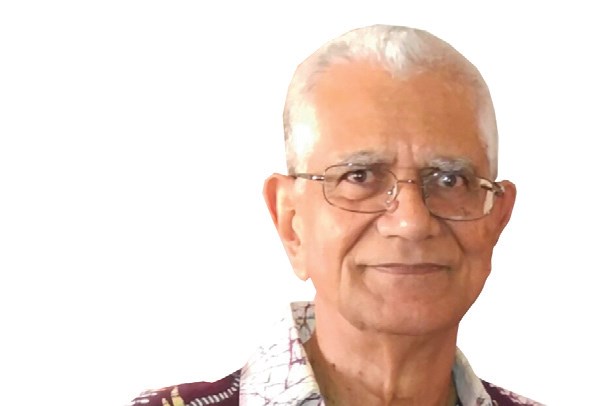

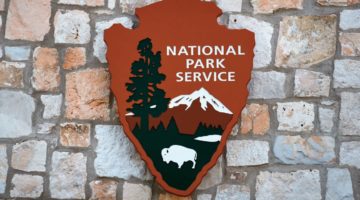
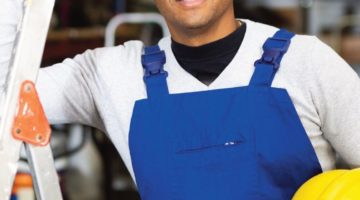

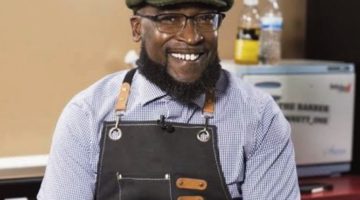
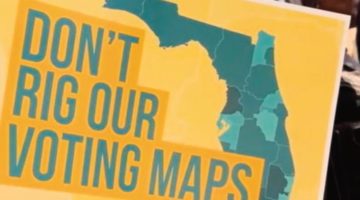
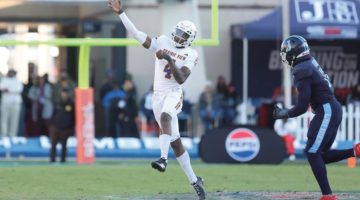
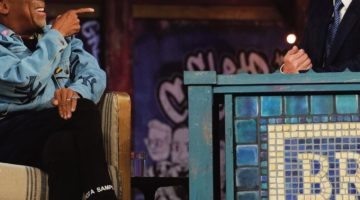


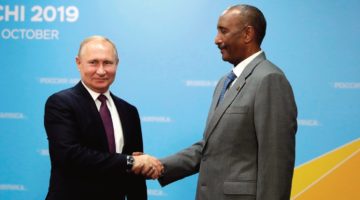
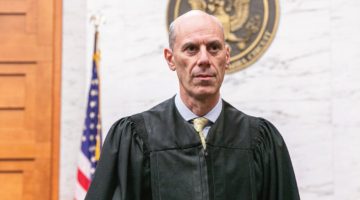

No Comment